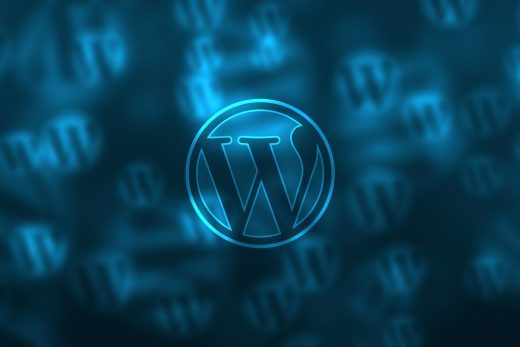Notes from presentation file “The economics of a pandemic: the case of Covid-19” by Paolo Surico and Andrea Galeotti, Professors of Economics at London Business School.

1. Science (summary)
- Covid-19 is the worst health crisis of our times
- Young far more likely to be infected (the carrier) but old more likely to die
- Many countries are facing strong excess demand for health care: too many critical patients (not only Covid-19 cases) for too few ICU beds and ventilators
- Expanding health care supply requires turning hotels, barracks and possibly schools into ICU and converting selected manufacturers into ventilator makers
- Not enough medical personnel. Recall retired nurses and doctors. Train police officer and volunteers while the army carries out police duties
Click here to learn more about a user guide to COVID-19
2. Health Policies (summary)
Problem Statements:
- Health system capacity constraints
Danger in the lack of capacity of health systems. Such as number of ICU beds in most countries cannot cope with the spread of disease if peak is high, or the lack of ventilators. - The short-run elasticity of health care supply
– Whenever possible, use hotels, class rooms and barracks as Intensive Care Units (ICU).
– Turn to manufacturing industry to produce or convert intensive care equipment (e.g. ventilators).
– Pay for independent sector facilities: UK NHS deal added 8,000 beds, 1,200 ventilators, and 20,000 staff.
– Even if the elasticity of supply for beds and equipment is high, how quickly can we train new medical personnel? Recall retired workers.
– If cases regionally concentrated, spread non-contagious intensive care cases to other regions.
Section Summary:
- Covid-19 health policies have all one objective: decreasing the replication number of the disease
- Given existing capacity of health care systems, suppression policies are the only one that can help us in the short-run
- Please do follow government guidelines
- Let’s use the time bought by suppression policies effectively:
• Test a representative sample of the population to gather reliable and unbiased information about the prevalence of Covid-19
• Extensive statistical analysis within and across countries (that are in different phases)
• Develop surveillance strategies based on this reliable information
3. Economics (summary)
- Global recession seems inevitable, possibly in emerging markets too.
- Overall, demand effects probably much larger than the initial supply shock.
- Uncertainty, panics and lock-down policies key to drive large drop in demand.
- The investment of many firms (esp. small and young) and spending of many households (esp. renters and mortgagors) depend largely on cash flows.
- Large drop in demand thus force these firms to close. This leads to a rise in lay-offs and a further drop in consumption. Economy enters a depressing loop!
4. Macroeconomic Policies (summary)
- With little or no government interventions, economic costs will be immense!
- Government priority should be on health expenditure but need a strategy to flatten the contagion curve that may spike back in the Fall of 2020.
- Simple proposal: ‘random testing’ to identify individual treats that predict being infected and then targeted testing and surveillance on the ‘most likely’ infected.
- Government spending should be now and as large as the predicted economic costs, focusing directly on cash disbursement to firms and households.
- Central banks should provide financial backing to the government, not just through their own reserves but also by printing money if necessary.
- Global shock needs global response. No country has fiscal capacity to stand alone.
Suggested Policies Solution
What macroeconomic policies?
A. Government spending on public health sector.
B. Tax relieves, tax cuts, tax holidays, tax incentives.
C. Tax rebates and temporary universal income to households; cash grants to firms.
D. Cut interest rates, launch QE programmes and lending schemes.
All would help but (C) most likely to stop immediate economic collapse.
Whatever mix is chosen, policies need to:
i. be now and be massive, of the same order of magnitude of the output loss. UK announced a package worth about 15% of GDP. Unprecedented!
ii. start from health expenditure: invest in testing and expansion of supply. Too late now for the first peak but still time to contain the second peak in the Fall of 2020.
iii. be about cash disbursements to households and businesses. Tax incentives or cuts, emergency loans and borrowing on better terms, by their own, are unlikely to prevent a collapse in aggregate demand.
iv. use a coordination of fiscal and monetary interventions to maximize and multiply impact and provide financial backing to each other policy.
v. be global: interconnected society and economy requires global coordination.
Full set of slides available at https://sites.google.com/site/paolosurico/covid-19



